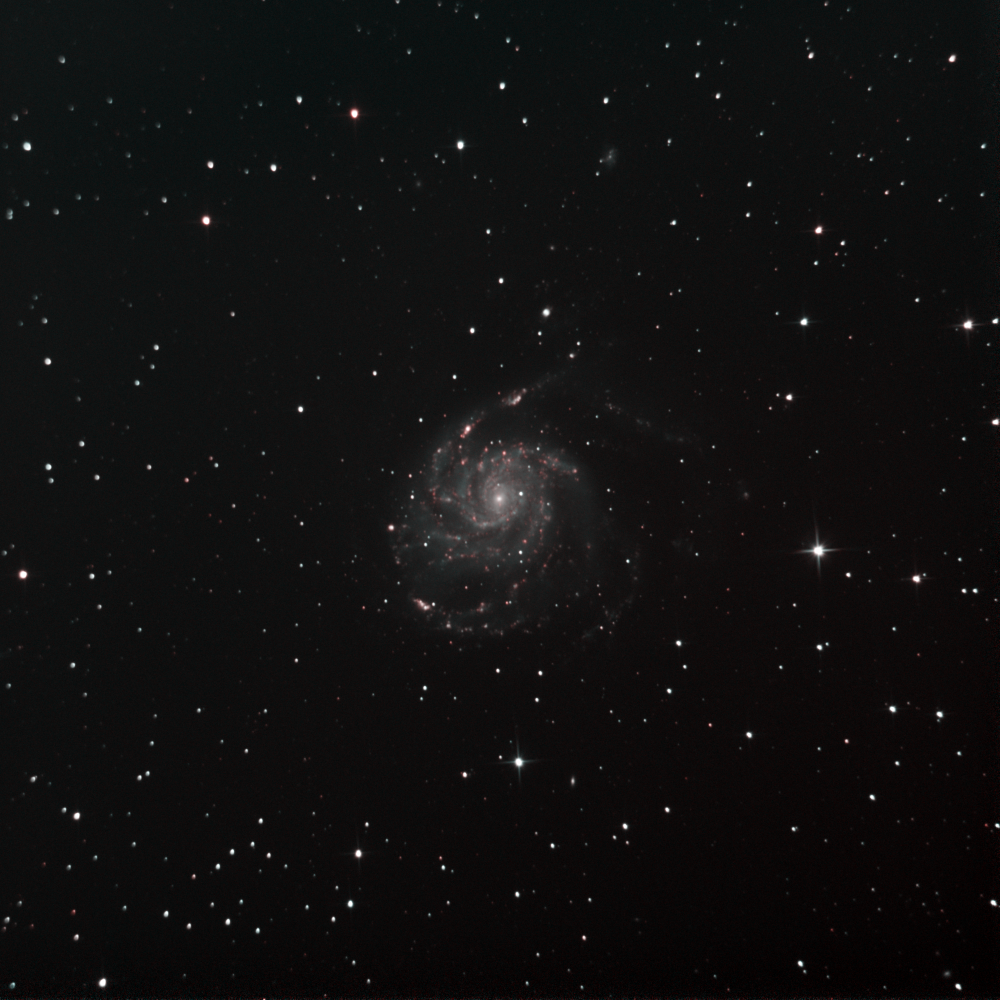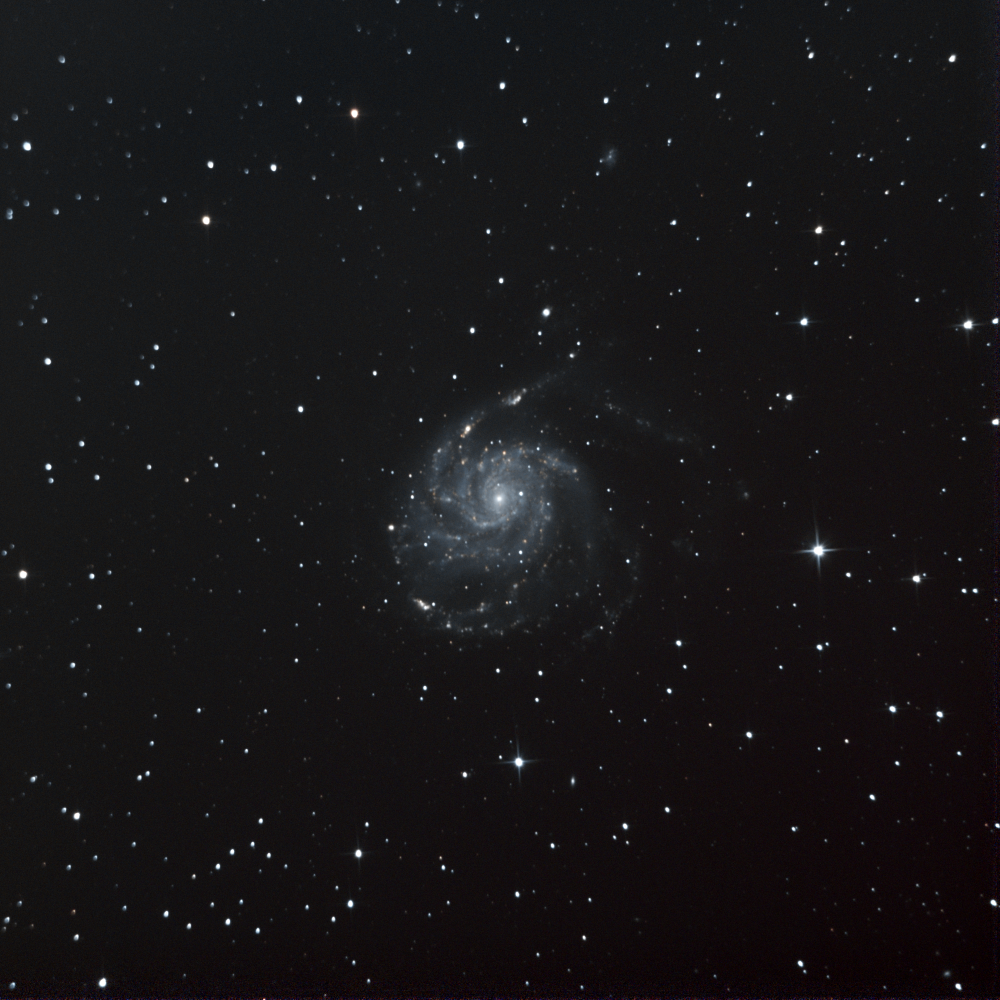I'm curious as to how other people like to process their dual-band data on OSC cameras. I have about 20h of HaOiii on M101, my main goal was to do this to boost the Ha to add to upcoming broadband data.
In my OSC image (Stretching + green noise removal), it gives a very cold look to it, and the Ha layer has a bit of an orange/yellow hue to it. But the red is less pronounced, which defeats the goal of this specific shoot.
In the HOO image (Stretching), it looks warmer, as the Ha is more pronounced, and the Oiii is more of a gray color than a blue.
Images have had their resolution dropped by 66% for upload :o
Curious to hear your opinions!
HOO

OSC

In my OSC image (Stretching + green noise removal), it gives a very cold look to it, and the Ha layer has a bit of an orange/yellow hue to it. But the red is less pronounced, which defeats the goal of this specific shoot.
In the HOO image (Stretching), it looks warmer, as the Ha is more pronounced, and the Oiii is more of a gray color than a blue.
Images have had their resolution dropped by 66% for upload :o
Curious to hear your opinions!
HOO

OSC
